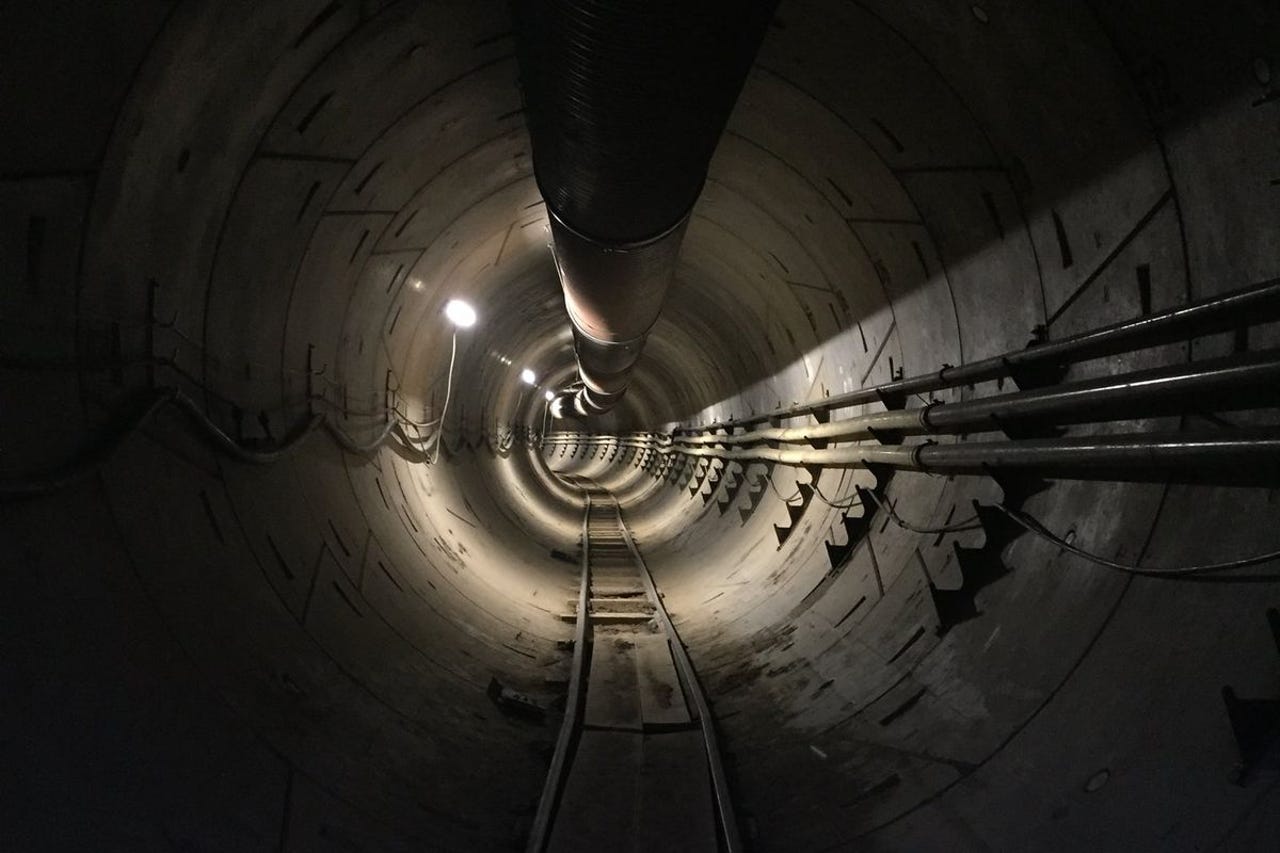DARPA Challenge will send robots to new frontier: Underground


The DARPA Robotics Challenge (DRC), which wrapped up in 2015, pitted teams of engineers in a competition to send humanoid robots through an obstacle course emulating a disaster scenario.
Now, in Jules Verne fashion, the Department of Defense's most outlandish R&D grant-funding agency is soliciting competitors for a new test.
Announced late last year, DARPA's Subterranean Challenge, new details of which are beginning to emerge, will send robots underground to navigate and map subterranean tunnels and caves.
"We've reached a crucial point where advances in robotics, autonomy, and even biological systems could permit us to explore and exploit underground environments that are too dangerous for humans," said Fred Kennedy, Director of DARPA's Tactical Technology Office (TTO).
The challenge aligns with a trend toward the use of robotics in difficult-to-reach areas, including in infrastructure inspection, disaster relief, and mining.
Given recent U.S. entanglements, it's easy to see why the program is a priority for the Department of Defense.
"One of the main limitations facing warfighters and emergency responders in subterranean environments is a lack of situational awareness; we often don't know what lies beneath us," said Timothy Chung, TTO program manager. "The DARPA Subterranean Challenge aims to provide previously unimaginable situational awareness capabilities for operations underground."
The competition will expand on technologies we saw during the DRC. Open Robotics, which oversees development of the open-source Robotic Operating System (ROS), was a key player in the DRC. Many of the DRC competitors used platforms running ROS.
Open Robotics also offers Gazebo, a physics engine and interface that allows developers to virtually simulate robots in real-world scenarios. Open Robotics hosted a virtual stage of the DRC, and it will run a similar virtual stage of the new SubT challenge.
"Open Robotics is excited to be working with DARPA on the virtual track of the SubT," says Brian Gerkey, CEO of Open Robotics. "In this way, teams will be able to test, train and ultimately compete wholly within a simulated environment. These teams are going to be pushing the envelope, so being able to simulate robot behavior is way more efficient than constantly building and re-building hardware."
During the SubT Challenge, DARPA-funded and self-funded teams will compete side by side, which was a hallmark of the DRC.
The Final event, planned for 2021, will incorporate diverse challenges from various underground environments. The winner of the Systems track will take home a $2 million prize, while the winner of the Virtual track will earn $750,000.